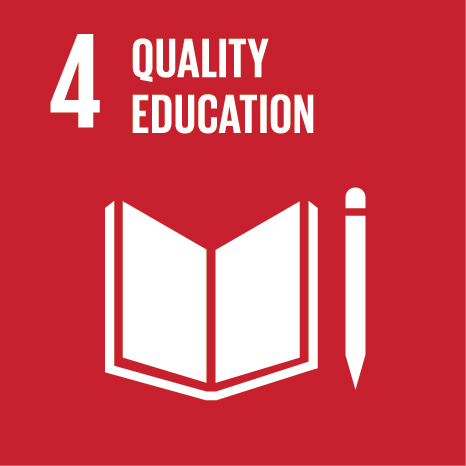Ciência_Iscte
Publications
Publication Detailed Description
10th International Conference on Education and New Learning Technologies
Year (definitive publication)
2018
Language
English
Country
Spain
More Information
Web of Science®
This publication is not indexed in Web of Science®
Scopus
This publication is not indexed in Scopus
Google Scholar
This publication is not indexed in Overton
Abstract
The usability of today’s applications is of utmost importance, and to fully achieve it some changes are yet to be adopted. Help systems are part of the applications and allow users to understand it and use it. However, this is one of the fields that some corporates still neglect. Moreover, every system has its characteristics and customizations and being able to explain how something works on a generic but efficient way is a major challenge.
Studies have been conducted and applications, especially on a daily-use context, are still cause of frustration to its users. Contextual and demonstration-based strategies are examples of beneficial approaches to improve the status. Additionally, current technologies like picture-driven computing and automation are enablers facilitating the interaction with “closed” applications, whose source codes are not available, and allowing for the process to be reproduced automatically on any platform.
Our solution deploys fast easy learning. It allows users to learn how to perform tasks by watching them get done on their own system. This was done by the manual creation of picture-driven scripts with the use of a tool named Sikuli.
This paper presents our tool and a preliminary case-study. A preliminary evaluation with users was made and positive results were shown. When tracking metrics relative to a first interaction with a system/realization of a specific tasks, users achieved the goal five times faster with the demonstration-based help tool. On second time executions, the performance from users that used our tool and users that learned through exploration and manual readings were similar, indicating that learning by observation does not detract the learning process.
The solution is now to be implemented in a technology corporation where problematic tasks and platforms will be identified, automation scripts developed, and an evaluation with its employees will be conducted. From this evaluation, the usability of the tool will be measured, as learning improvements and increased task performance will be tracked. The availability to help other users, developing and sharing scripts is also one of the research points.
Acknowledgements
--
Keywords
Help by demonstration,Usability,Picture-driven computing,Automation,Learning process analysis
Fields of Science and Technology Classification
- Computer and Information Sciences - Natural Sciences
Funding Records
| Funding Reference | Funding Entity |
|---|---|
| UID/MULTI/0446/2013 | Fundação para a Ciência e a Tecnologia |
| UID/EEA/50009/2013 | Fundação para a Ciência e a Tecnologia |
Contributions to the Sustainable Development Goals of the United Nations
With the objective to increase the research activity directed towards the achievement of the United Nations 2030 Sustainable Development Goals, the possibility of associating scientific publications with the Sustainable Development Goals is now available in Ciência_Iscte. These are the Sustainable Development Goals identified by the author(s) for this publication. For more detailed information on the Sustainable Development Goals, click here.

 Português
Português


